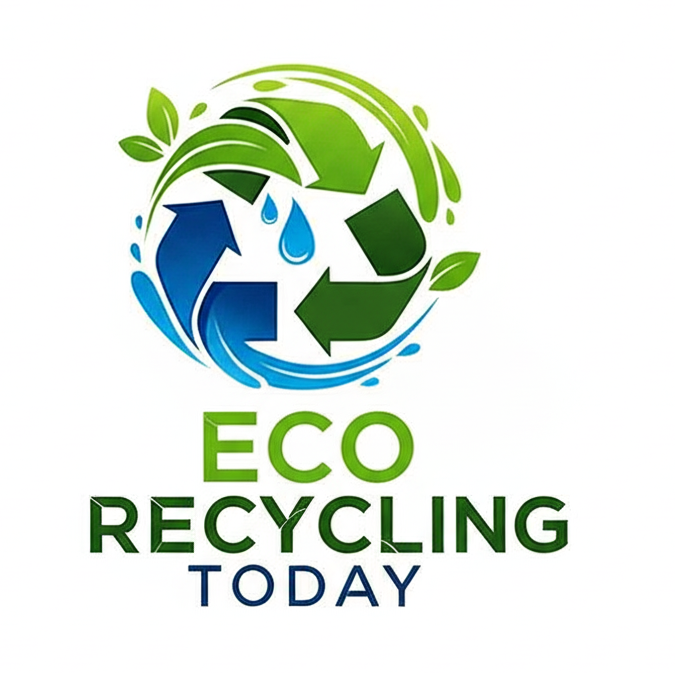As waste generation continues to rise, governments are placing more responsibility on producers to manage the end-of-life impact of their products. This concept — known as Extended Producer Responsibility (EPR) — is reshaping recycling systems across the world. In the United States, EPR is gaining momentum as states adopt new legislation for packaging, electronics, batteries, and more.
For businesses, understanding EPR is not only about compliance — it’s about preparing for a future where circular economy policies drive competitiveness and sustainability.
1. What Is Extended Producer Responsibility?
Extended Producer Responsibility (EPR) is an environmental policy approach that holds manufacturers, brands, and importers responsible for the collection, recycling, and proper disposal of the products they place on the market.
The goal: Shift the cost and burden of waste management from taxpayers to producers, encouraging eco-friendly design and reducing landfill waste.
EPR can take different forms, including:
- Financial Responsibility – Companies fund recycling programs or pay fees based on product type and volume.
- Operational Responsibility – Producers directly manage take-back, collection, and recycling systems.
- Hybrid Models – Shared responsibility between producers, retailers, and municipalities.
2. EPR in the United States: Current Landscape
Unlike the European Union, where EPR is standardized, the U.S. has a state-driven approach.
There’s no single federal EPR law — instead, states have created their own frameworks.
Key EPR Laws in the U.S.
| Category | Examples of Active States | Details |
|---|---|---|
| Packaging | Maine, Oregon, California, Colorado | Require producers to fund or manage packaging collection and recycling. |
| Electronics (e-waste) | 25+ states (e.g., New York, Illinois, Washington) | Mandate producer-financed take-back programs for electronics. |
| Batteries | California, Vermont, Washington, D.C. | Require proper battery recycling to prevent toxic pollution. |
| Paint & Mattresses | Oregon, Connecticut, California | Industry-funded recycling programs with consumer drop-off points. |
| Pharmaceuticals & Sharps | Washington, New York, California | Ensure safe disposal of medical waste and drugs. |
3. How EPR Programs Work in Practice
A typical EPR program follows this process:
- Producers Register with a state-approved organization or regulatory body.
- Fees Are Collected based on product type, weight, or recyclability.
- Producer Responsibility Organizations (PROs) manage collection, sorting, and recycling.
- Data Reporting ensures transparency in waste diversion rates and material recovery.
- Recycling Targets are set and reviewed periodically to increase efficiency.
In packaging EPR programs, for example, producers pay fees depending on whether their materials are easily recyclable — rewarding companies that design for circularity.
4. Benefits of EPR for Businesses and the Environment
For Businesses:
- Predictable Recycling Infrastructure: Simplifies compliance and reduces waste management costs.
- Brand Differentiation: Companies leading in take-back programs build trust and loyalty.
- Innovation Incentive: Encourages eco-design and material reduction.
For the Environment:
- Diverts waste from landfills and oceans.
- Reduces CO₂ emissions associated with raw material extraction.
- Promotes circular material flows across supply chains.
According to the EPA, packaging waste accounts for nearly 28% of total municipal solid waste in the U.S. — EPR aims to cut that dramatically by 2030.
5. EPR and the Future of Circular Business in America
The growth of EPR reflects a broader policy shift toward circular economy principles.
By 2030, experts predict most U.S. states will implement some form of producer responsibility for packaging, electronics, and plastics.
Emerging trends include:
- Digital Product Passports (DPPs): For traceability of materials and recycling history.
- Recycled Content Mandates: Requiring a minimum percentage of recycled materials in products.
- AI and Robotics in Sorting: Increasing efficiency in material recovery facilities (MRFs).
- Corporate EPR Partnerships: Brands collaborating with recyclers to meet sustainability goals.
Companies that act early will not only comply but also lead — gaining access to green investment funds, government incentives, and ESG-driven customers.
6. How Businesses Can Prepare Now
- Audit your materials and packaging. Identify high-impact waste sources.
- Join or create a Producer Responsibility Organization (PRO).
- Design for recyclability using mono-materials and clear labeling.
- Track recycling data and report transparently to stakeholders.
- Educate consumers about take-back and recycling options.
Extended Producer Responsibility is transforming how products are made, used, and recovered in the U.S. market. What began as state-level experimentation is now shaping national policy and international trade expectations.
Businesses that embrace EPR early — by innovating in packaging, improving traceability, and funding collection systems — will not only meet regulatory demands but also strengthen their position in a fast-evolving circular economy. EPR isn’t just a policy; it’s a business strategy for the future.
FAQ
1. What does EPR mean in simple terms?
It means producers take responsibility for the full life cycle of their products — including recycling and disposal.
2. Which U.S. states have EPR laws?
As of 2025, states like Maine, Oregon, California, and Colorado have packaging EPR laws, while 25+ have e-waste programs.
3. How does EPR differ from traditional recycling?
Traditional recycling is funded by taxpayers and municipalities; EPR shifts that cost to producers, making recycling more efficient and fair.
4. Who manages EPR programs?
Typically, Producer Responsibility Organizations (PROs) handle logistics, collection, and reporting on behalf of participating brands.
5. What are the costs for businesses?
Fees depend on material type, recyclability, and market volume. Eco-friendly products usually receive lower fees.
6. What’s next for EPR in the U.S.?
More states are expected to adopt EPR laws, possibly leading to federal coordination by 2030. Digital product passports and recycled content laws will complement these efforts.
